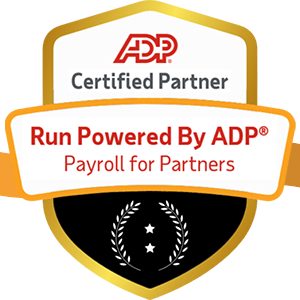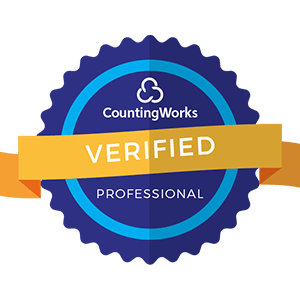
In today's evolving workforce landscape, the use of contingent workers and independent contractors has become increasingly prevalent. These non-permanent workers offer flexibility, specialized skills, and cost-effectiveness for organizations looking to adapt to fluctuating business demands. However, managing contingent workers and independent contractors comes with its own set of challenges, including legal compliance, integration with permanent staff, and performance management. Let's explore some effective strategies for managing contingent workers and independent contractors and maximizing their contributions to organizational success.

Clear communication and transparency are essential when managing contingent workers and independent contractors. Clearly define their roles, responsibilities, and deliverables, and establish realistic expectations from the outset. Provide detailed project briefs, scope of work documents, and contractual agreements outlining project timelines, milestones, and performance metrics. By ensuring alignment between expectations and deliverables, organizations can minimize misunderstandings and maximize the effectiveness of contingent workers and independent contractors.
Onboarding is a critical step in integrating contingent workers and independent contractors into the organization's culture and operations. Provide comprehensive onboarding sessions or materials that introduce them to the company's mission, values, policies, and procedures. Familiarize them with relevant tools, systems, and resources they will need to perform their roles effectively. Assign a point of contact or mentor who can answer questions, provide guidance, and facilitate their integration into project teams or departments. By investing in a structured onboarding process, organizations can set contingent workers and independent contractors up for success from the start.

Contingent workers and independent contractors may require access to specific tools, technologies, or training to perform their roles effectively. Ensure they have the necessary resources, equipment, and support to complete their assignments successfully. Provide training on relevant systems or processes, offer access to online learning platforms or knowledge repositories, and facilitate collaboration with internal teams or external partners as needed. By equipping contingent workers and independent contractors with the tools and support they need, organizations can optimize their performance and enhance project outcomes.
Effective communication and collaboration are key to the success of contingent workers and independent contractors. Encourage regular check-ins, status updates, and progress reports to keep lines of communication open and ensure alignment with project goals and objectives. Leverage collaboration tools, such as project management software, video conferencing platforms, and instant messaging apps, to facilitate real-time communication and collaboration across geographically dispersed teams. Encourage feedback and input from contingent workers and independent contractors, and foster a culture of openness, transparency, and mutual respect within project teams.
Monitoring performance and providing constructive feedback are essential components of managing contingent workers and independent contractors. Establish clear performance metrics and benchmarks to evaluate their progress and contributions objectively. Provide regular feedback on their performance, highlighting areas of strength and opportunities for improvement. Recognize and reward outstanding contributions and achievements to motivate and incentivize continued high performance. By providing ongoing performance feedback, organizations can ensure that contingent workers and independent contractors remain aligned with project objectives and deliver quality results.
Compliance with legal and regulatory requirements is paramount when engaging contingent workers and independent contractors. Familiarize yourself with relevant labor laws, tax regulations, and employment standards governing the use of contingent workers and independent contractors in your jurisdiction. Ensure that contractual agreements accurately reflect the nature of the working relationship and include provisions for confidentiality, intellectual property rights, and dispute resolution. Consult with legal counsel or HR professionals to ensure compliance with applicable laws and mitigate legal risks associated with misclassification or non-compliance.

Regularly evaluate the performance and return on investment (ROI) of contingent workers and independent contractors to assess their impact on business outcomes. Track key performance indicators (KPIs), such as project completion rates, client satisfaction scores, and cost savings achieved through contingent workforce utilization. Conduct post-project reviews or performance evaluations to identify lessons learned, best practices, and areas for improvement. Use this feedback to refine recruitment strategies, optimize resource allocation, and maximize the value derived from contingent workers and independent contractors over time.
Effectively managing contingent workers and independent contractors is essential for organizations looking to leverage their skills, expertise, and flexibility to achieve business objectives. By clarifying roles and expectations, establishing effective onboarding processes, providing necessary support and resources, fostering communication and collaboration, monitoring performance and providing feedback, ensuring legal compliance, and evaluating performance and ROI, organizations can maximize the contributions of contingent workers and independent contractors while minimizing associated risks and challenges. By implementing these strategies, organizations can build agile, resilient, and high-performing teams that drive success in today's competitive business environment.


